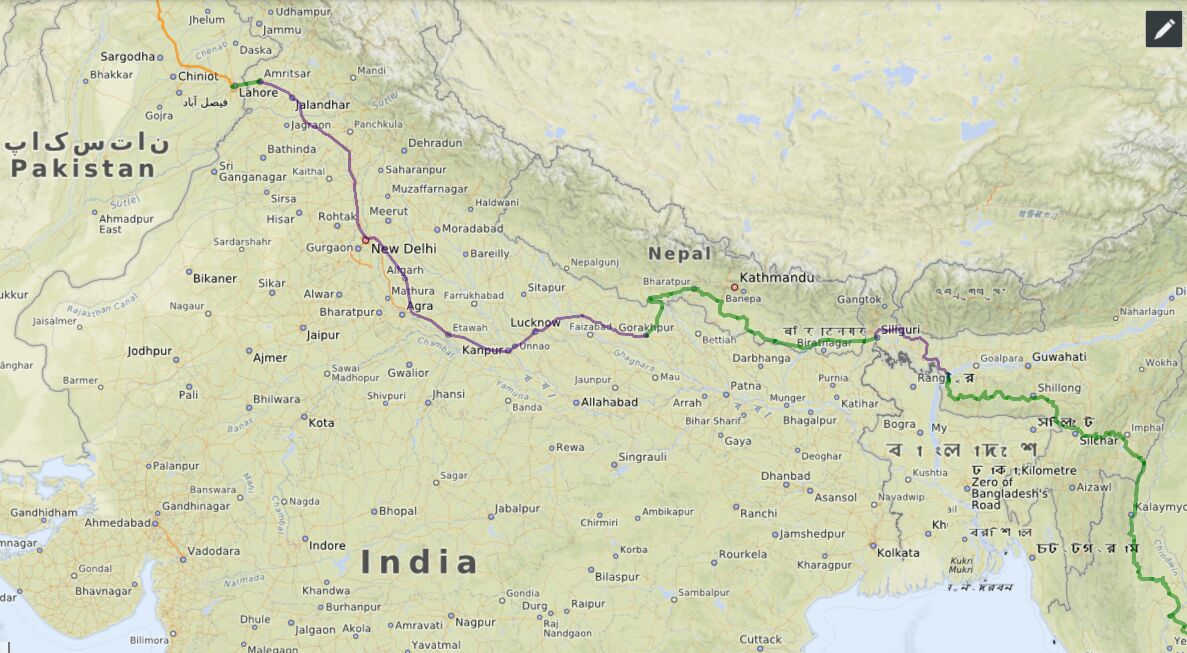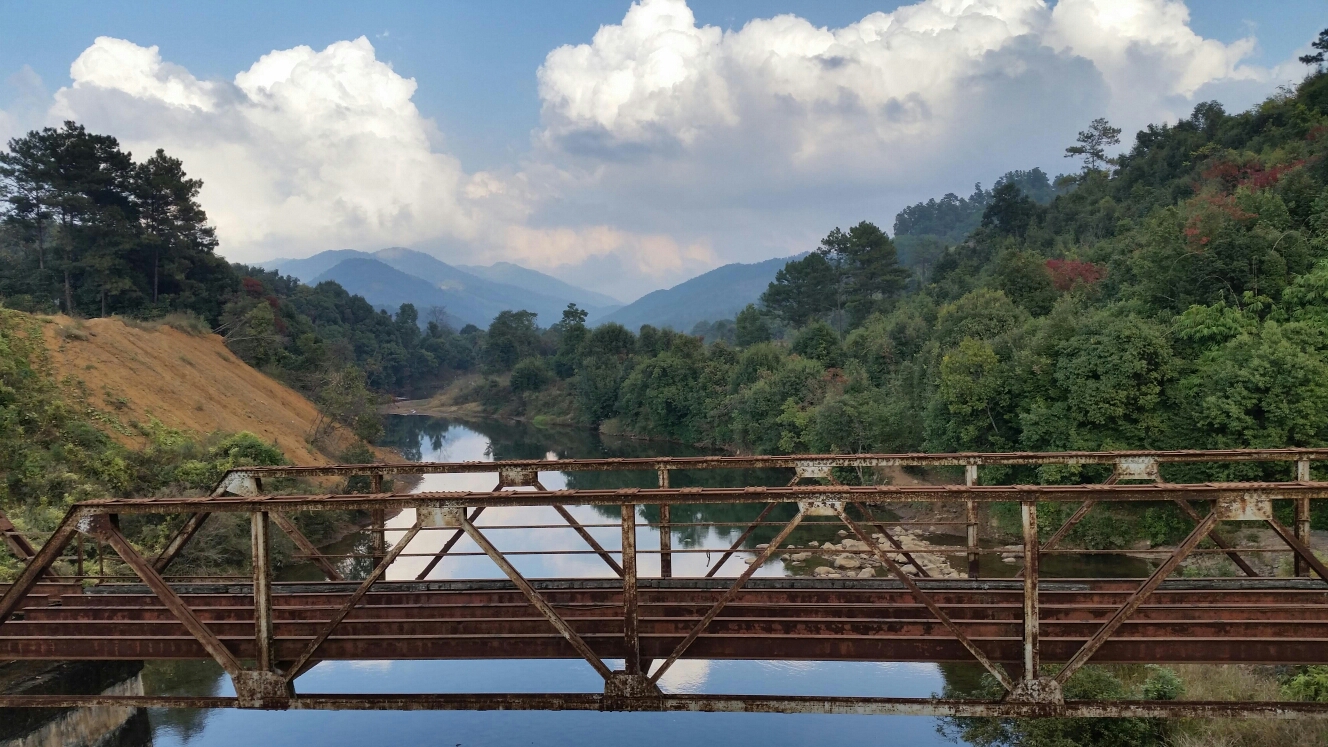World Land Trust & the green Garo Hills
Ridden on December 4th, 2018 by Milly Read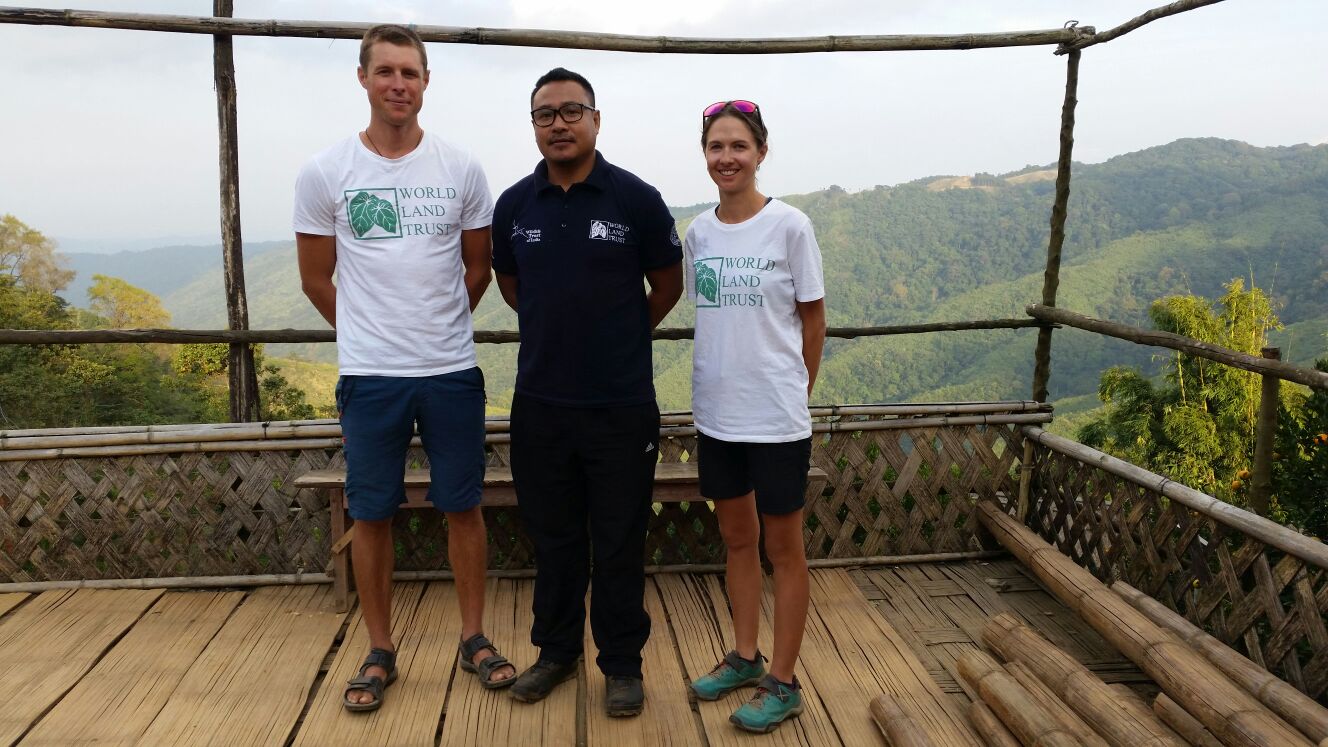
With Balsreng in Daribokgre Village, Garo Hills
Up and up we go, clutching onto the back of the motorbike for dear life. You’d think that after cycling the equivalent of 10 times up Mt Everest, catching a ride up to Nokrek National Park on the back of a motorbike would be a doddle, yet it was terrifying! This is the terrain that Balsreng and his team from the Wildlife Trust of India (WTI) have to battle with to visit conservation areas in the Garo Hills. The mud tracks are deeply grooved from vehicles travelling in the rainy season and have solidified into narrow trenches. “If you think it’s difficult now, you should see these roads in the monsoon” Balsreng informs us, “it’s sometimes just easier to walk!”
The Garo Hills are located in Meghalaya state North East India, not that you feel like you are in India at all. The hills are inhabited by many different tribal communities known as Garos, who refer to themselves primarily as A-chik (which translates to hill people). Sure enough, up the steep mud track, through thick jungle, and at a height of circa 1200m above sea level, is the village of Daribokgre. There is no flat land here yet incredibly it is home to over 100 people. Daribokgre is one of many communities that live on the fringes of the Nokrek National Park, itself the core of the Nokrek Biosphere Reserve.
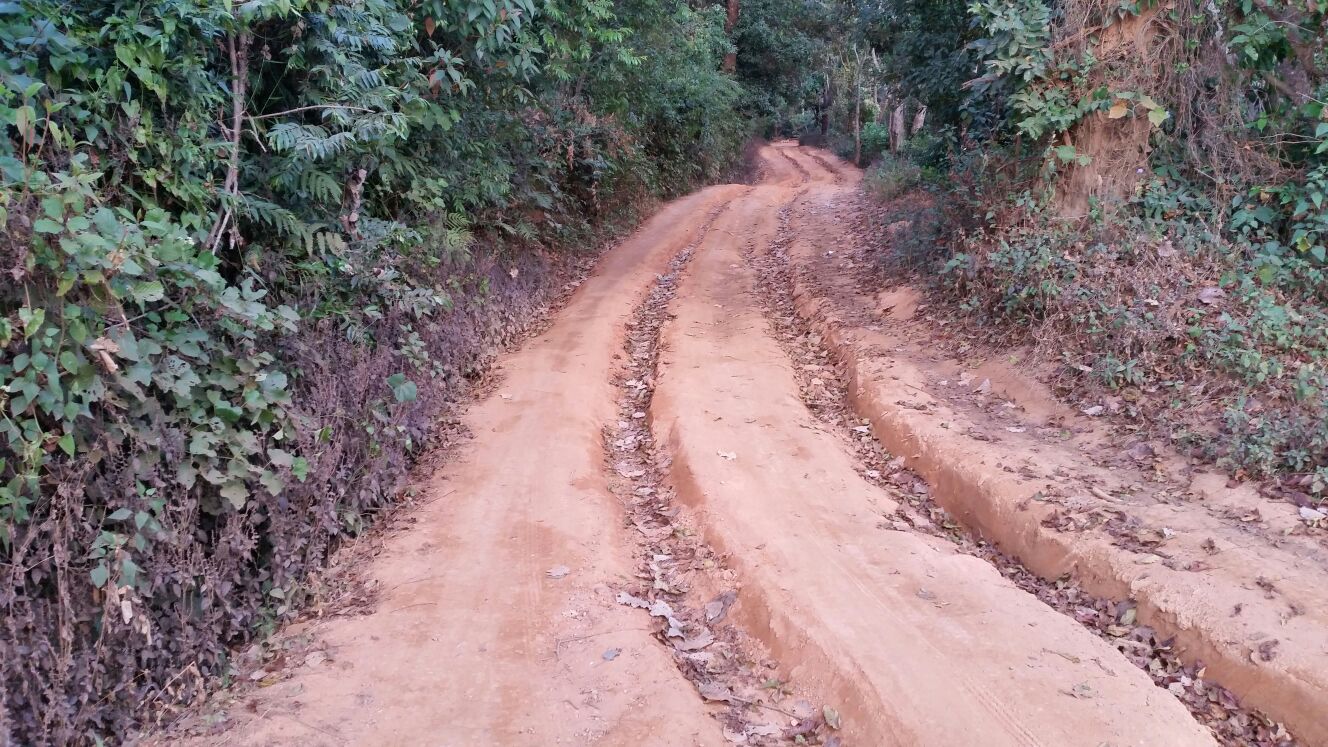 The tough road up
The tough road up
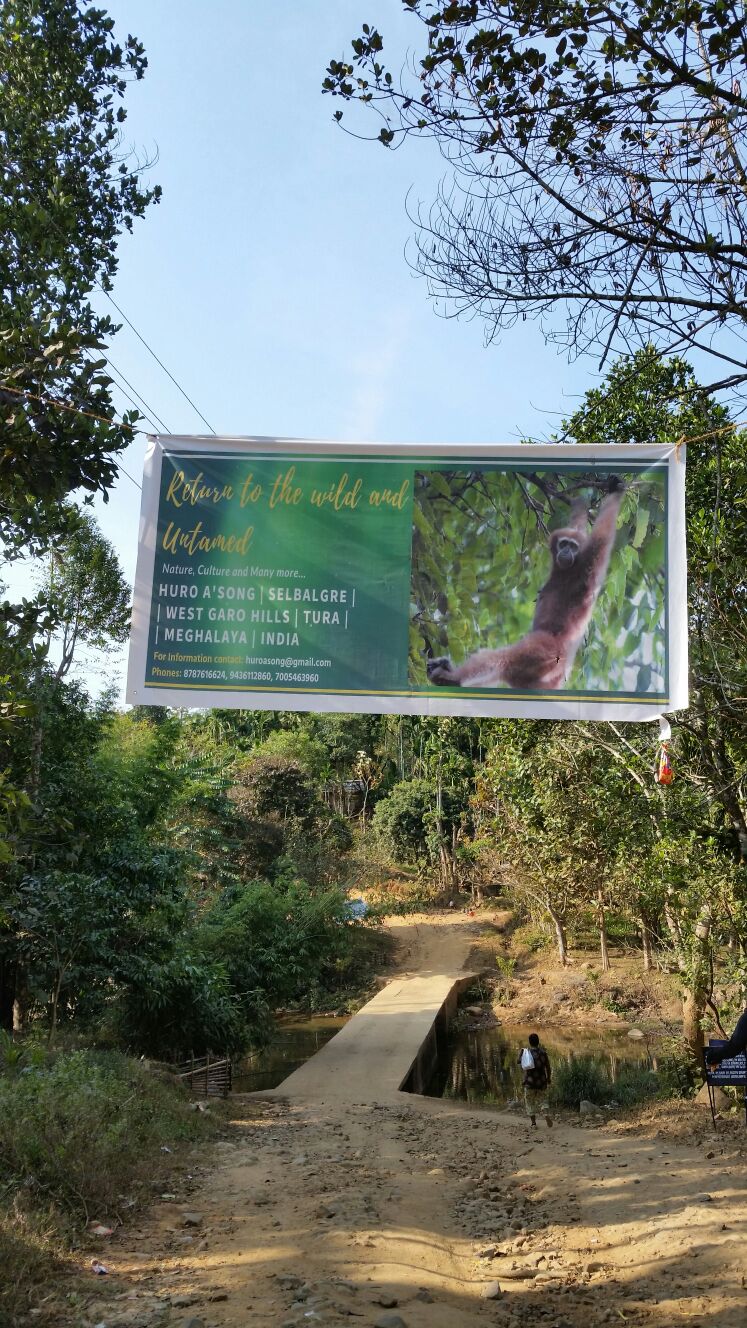 Posters remind villagers and tourists alike of the regions special habitat
Posters remind villagers and tourists alike of the regions special habitat
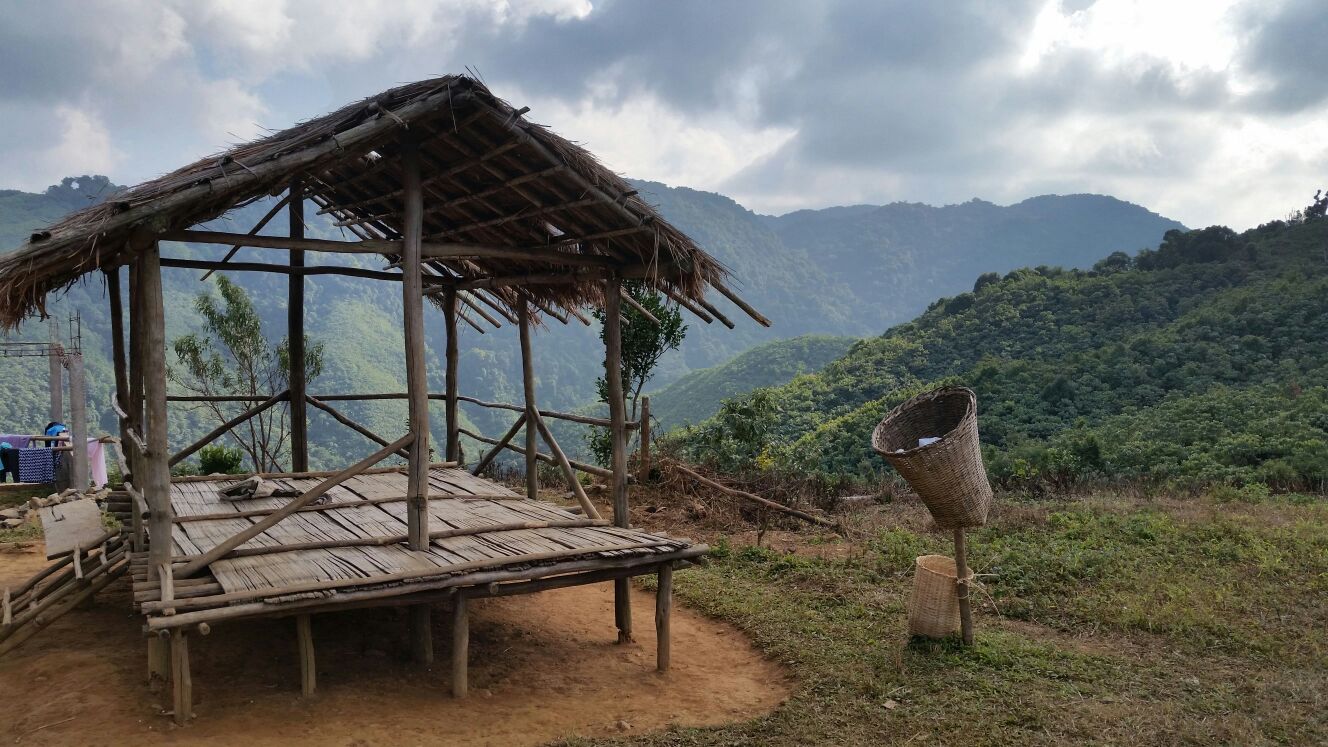 A hut in Daribokgre village. The Garo Hills was the first place in India that we started to see rubish bins!
A hut in Daribokgre village. The Garo Hills was the first place in India that we started to see rubish bins!
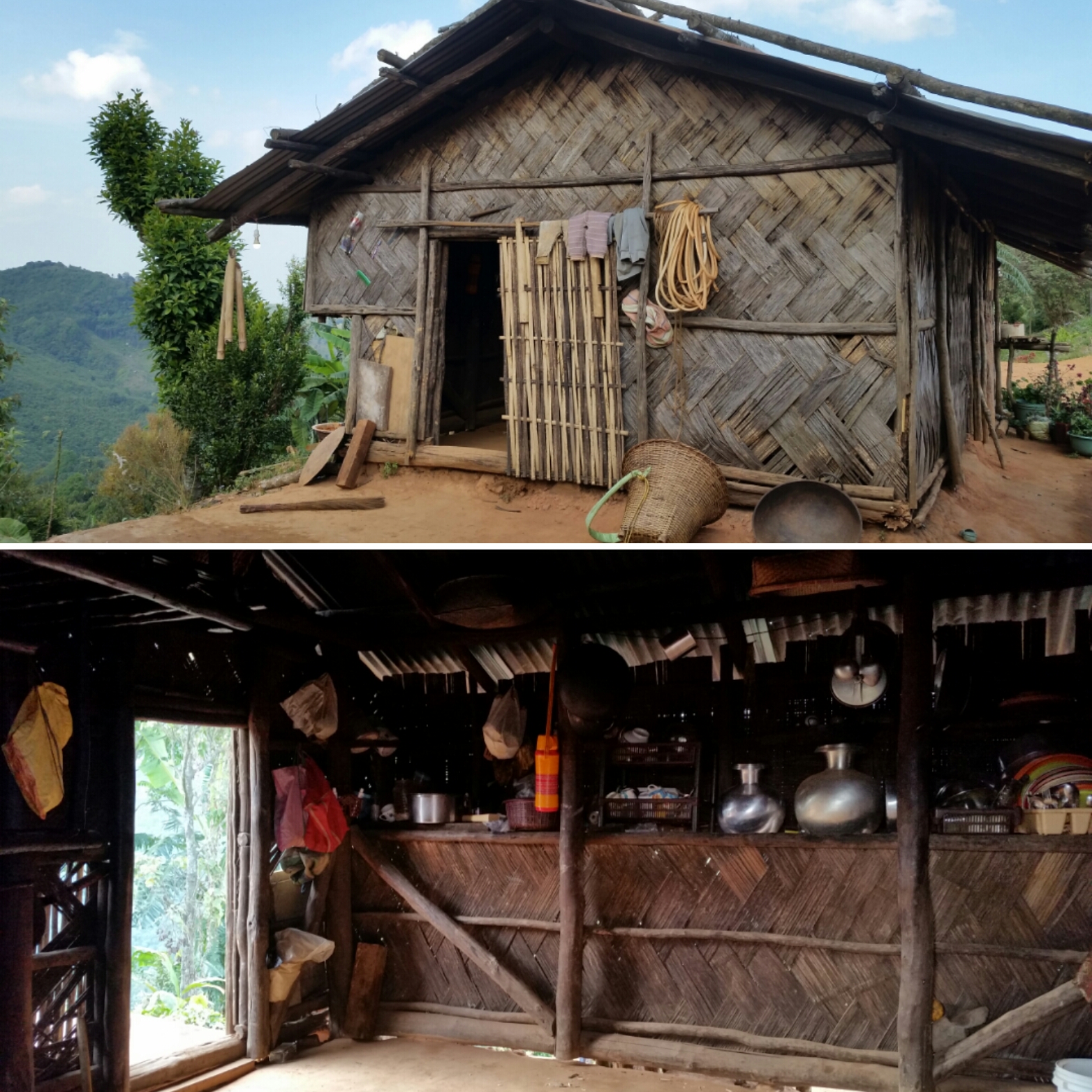 A typical Garo house, outside and in
A typical Garo house, outside and in
Climbing up to the watch tower you get a fantastic view of the Garo Hills which supports an incredibly rich ecosystem. The 8,000 sq km area comprises some 85 species of mammals, 206 species of birds, 62 species of reptiles, 14 species of amphibians and over 124 fish species. We listened for the emotive call of the endangered western hoolock gibbon, but only the chirping of birds and piercing shrill of insects met our ears. Populations of western hoolock gibbons have declined by almost 90% over the last 30 years. They are listed on the IUCN Red List and are now considered to be one of the most endangered 25 primate species in the world.
This incredible habitat, part of the Indo-Burma Biodiversity Hotspot, is under increasing pressure from Age-old agricultural practices. Many of the hill populations practice slash-and-burn cultivation (known as jhuming) which fragments areas of forest and hinders wildlife movement. It also increases human-wildlife conflict, in particular with elephants, with whom villagers have reported to actively scare off from crossing roads nearby.
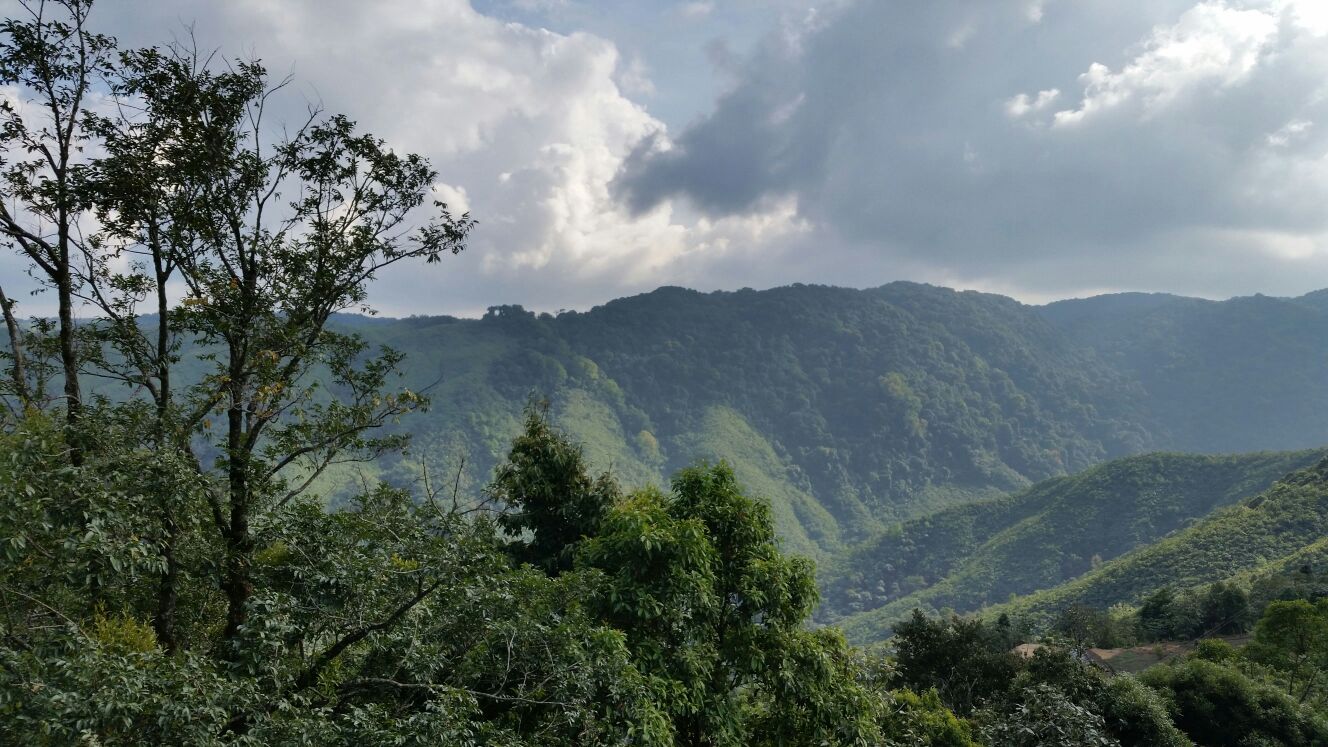 Nokrek National Park
Nokrek National Park
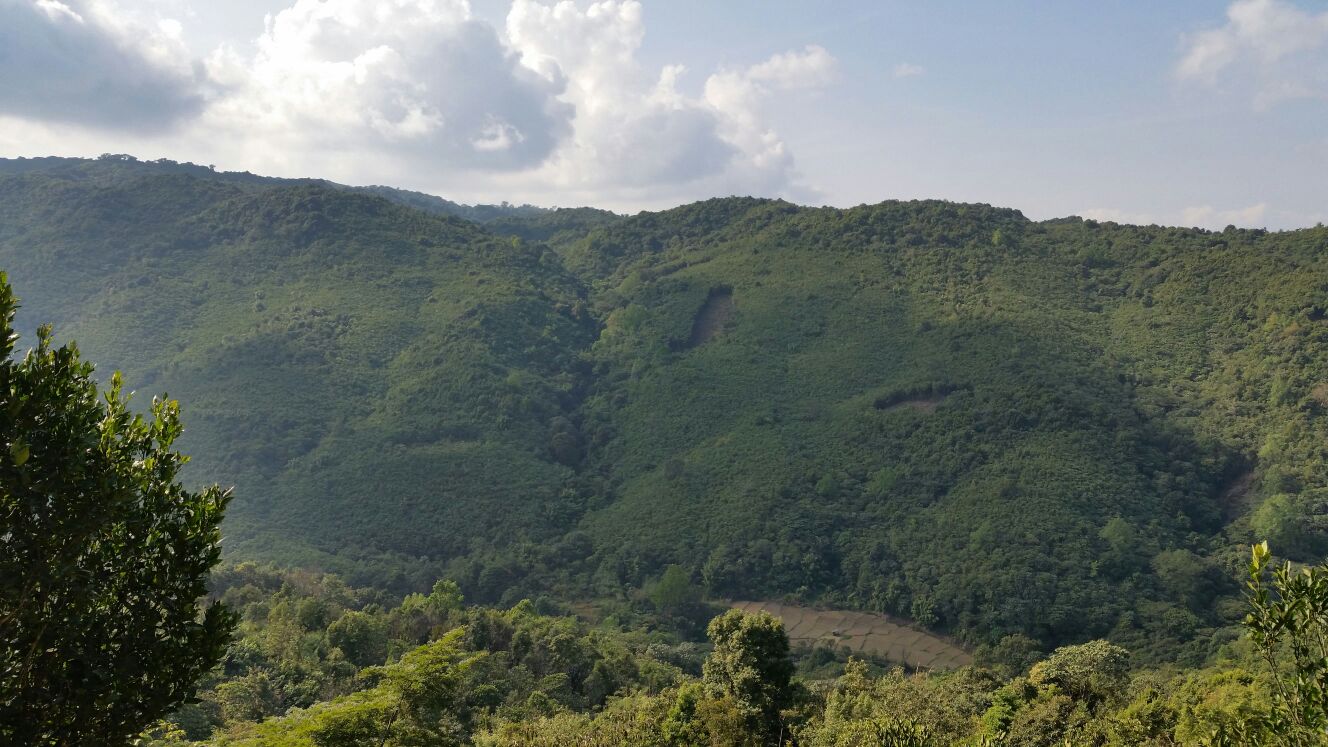 Holes in the forest are evidence of the jhuming slash and burn cultivation on the hillside close to the National Park boundary.
Holes in the forest are evidence of the jhuming slash and burn cultivation on the hillside close to the National Park boundary.
To protect this important habitat the Wildlife Trust of India and the World Land Trust have created the Garo Green Spine Conservation Project. The project aims to connect Nokrek National Park with Balpakram National Park to create an uninterrupted habitat corridor for elephants and other species.
One of the key factors of success for this project is community liason and this is where Balsreng’s expertise is so valuable. He liaises with the local villages and helps educate them about the importance of conservation as well as teaching them about the Green Spine Project. Taking time to build relationships with these remote communities before even starting to educate is a full time job, and one which requires speaking the local Garo language. At the time of visiting there was only a team of two and recruitment is ongoing for a biologist to join the team.
The conservation approach, as is often the case, is multi-faceted. In addition to education the WTI/WLT strategies aim to enhance social development and employment opportunities for villagers, restore jhummed fallow lands and are piloting fuel efficient stoves to reduce local dependence on the forests for fuel.
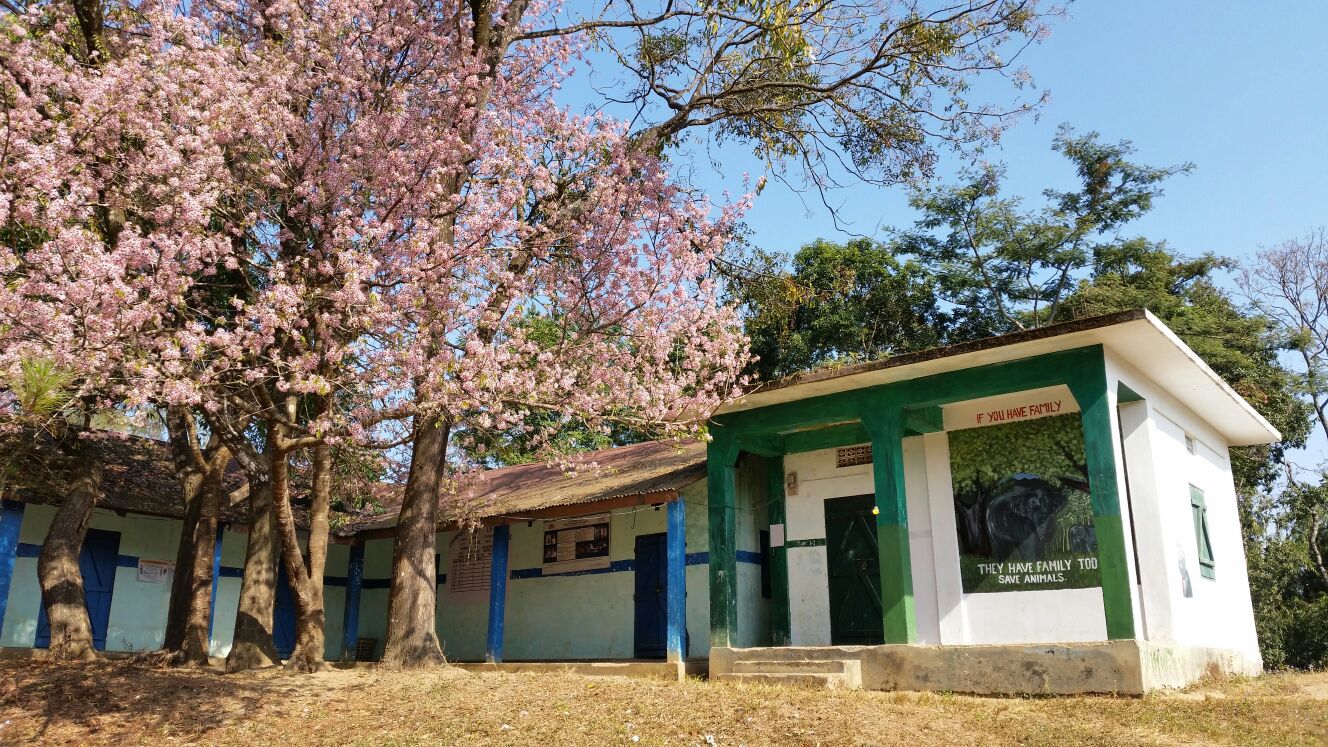 Painting of elephants at a local school
Painting of elephants at a local school
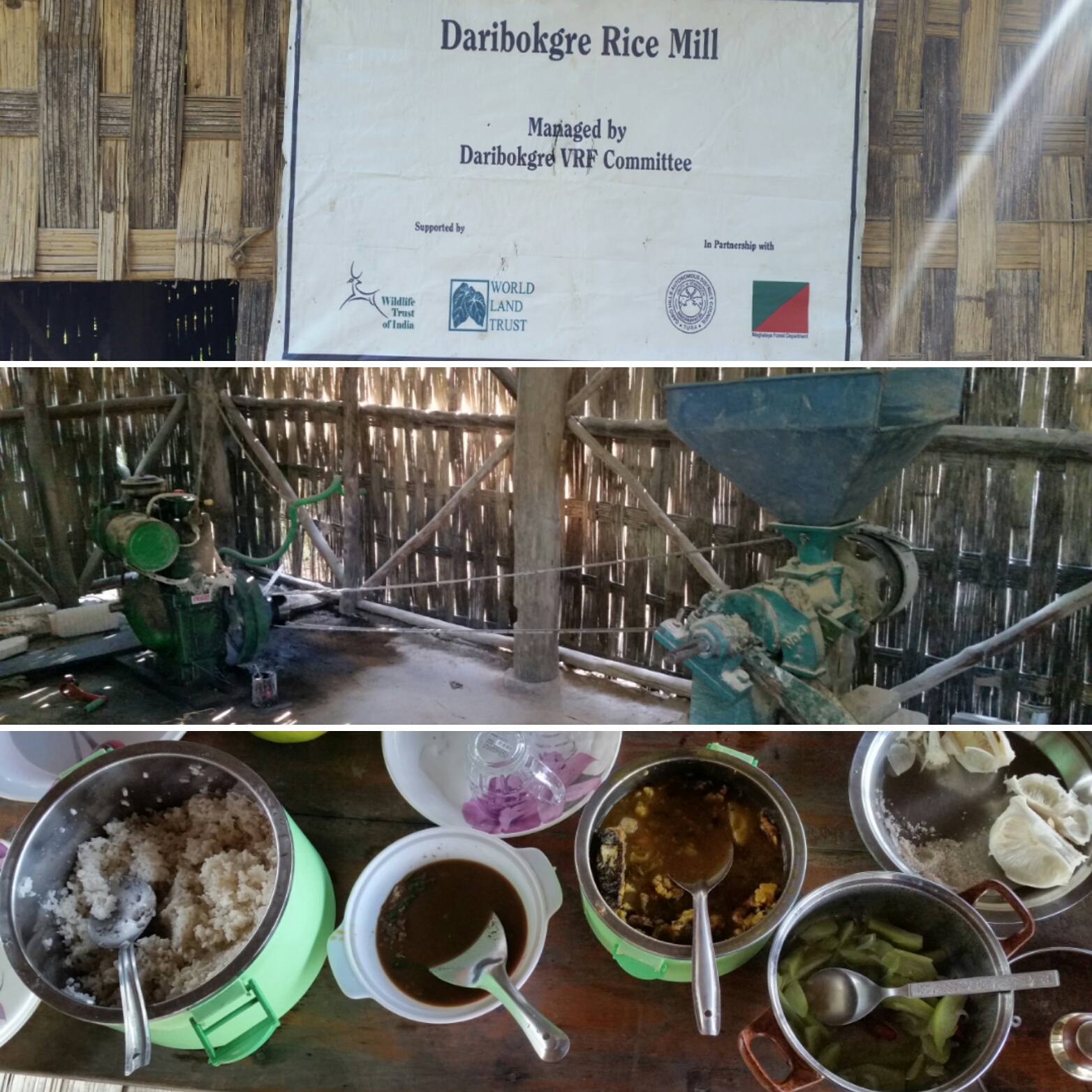 The local rice mill means the village is largely self sufficient
The local rice mill means the village is largely self sufficient
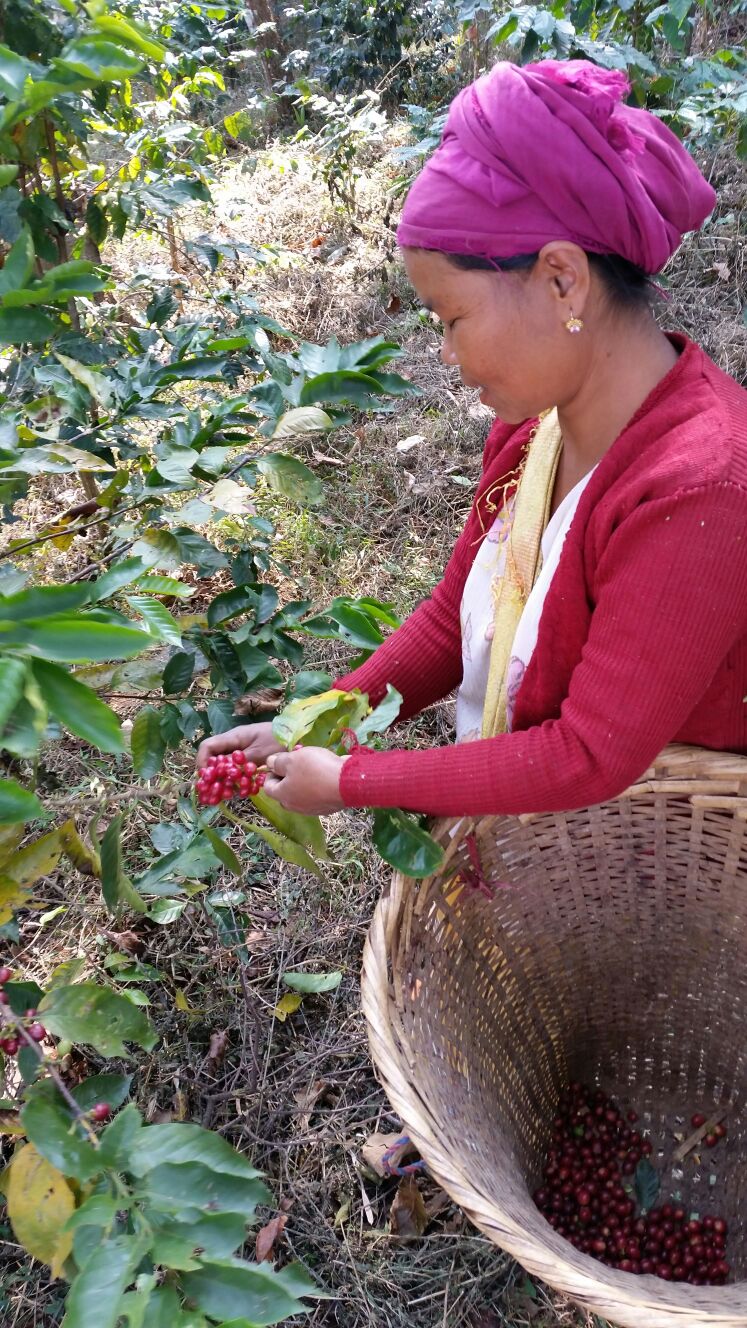 The local coffee plantation provides small scale employment
The local coffee plantation provides small scale employment
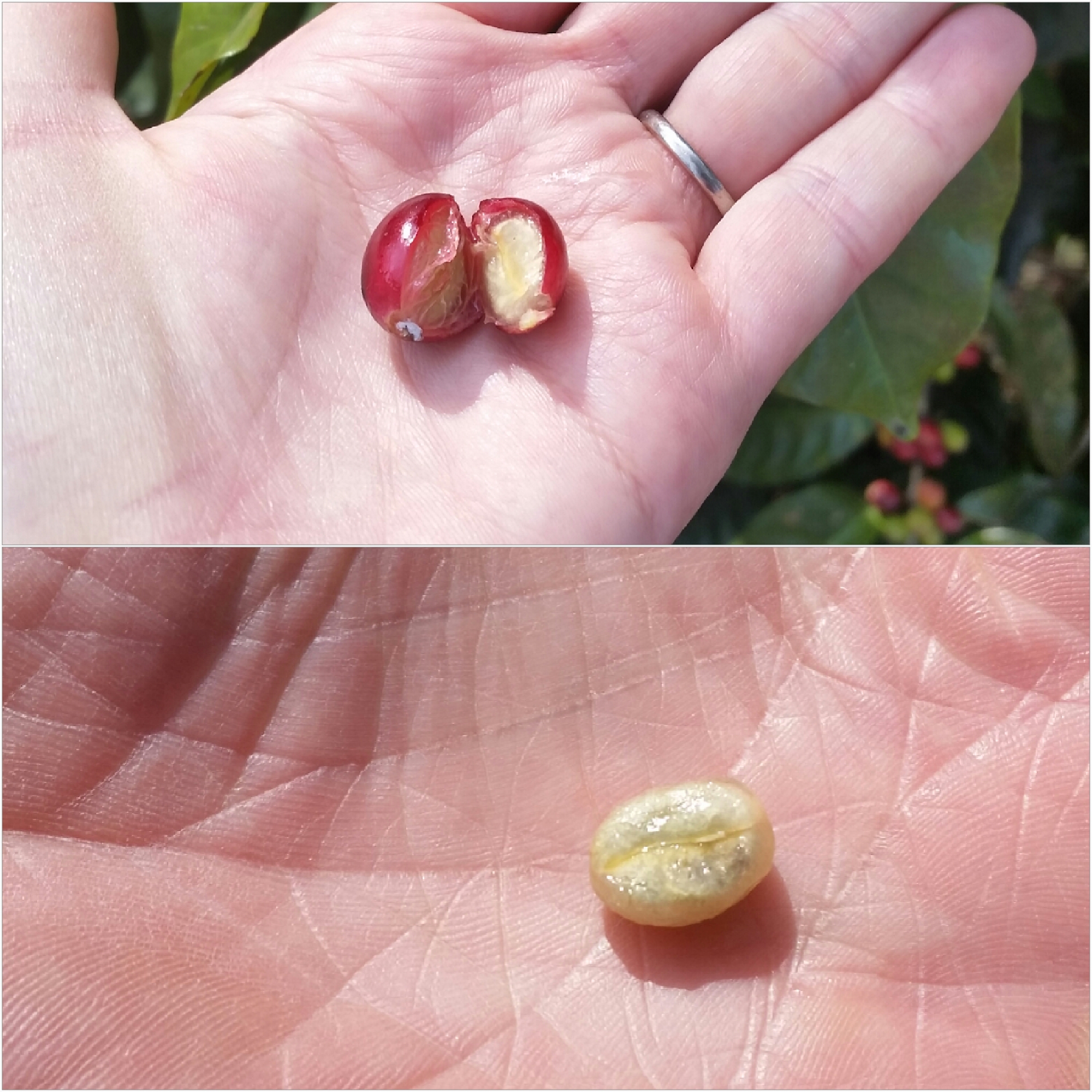 A fresh coffee bean from the small local plantation
A fresh coffee bean from the small local plantation
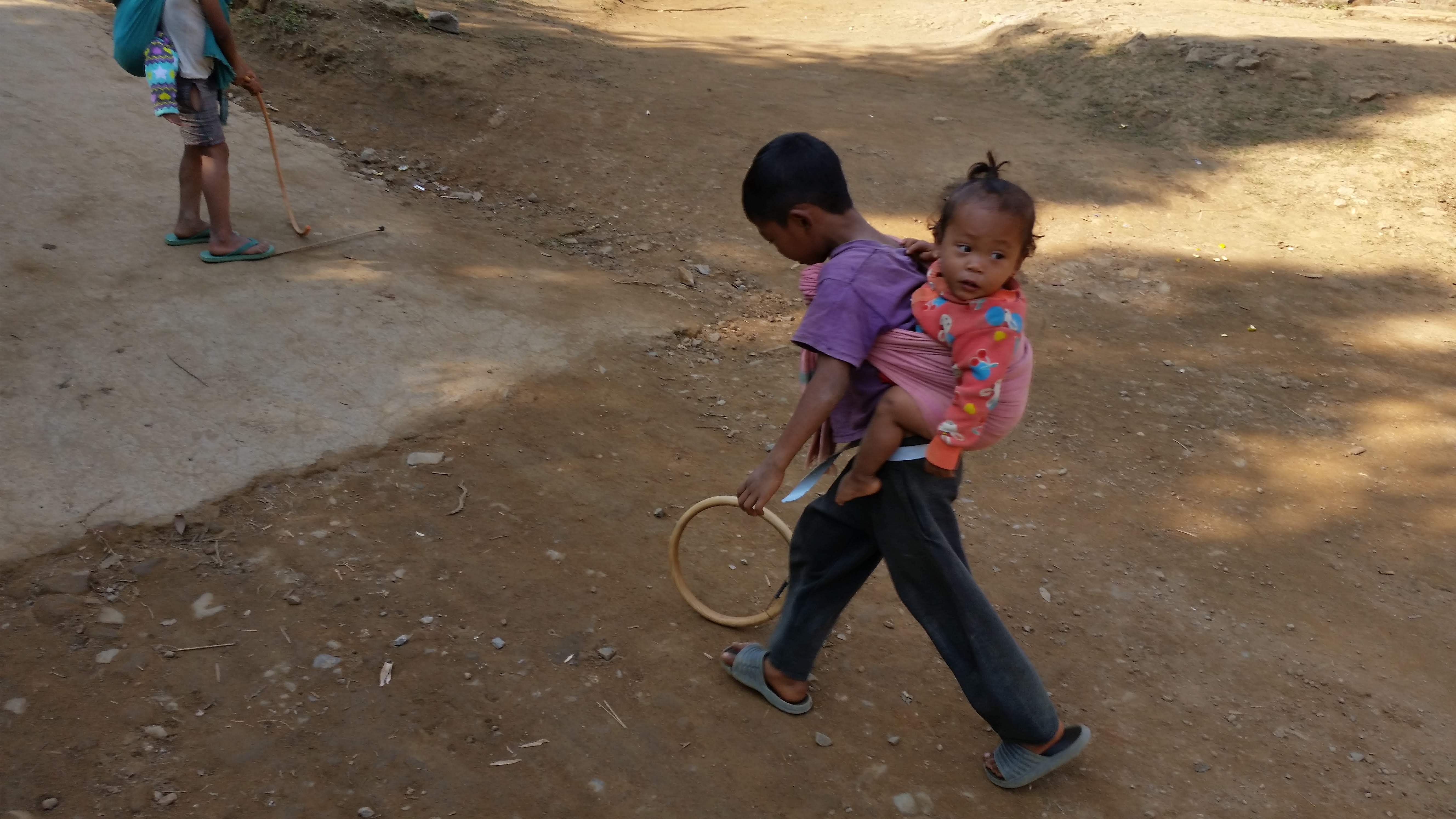 Kids take on responsibility early in these areas, babysitting their younger siblings whilst their parents work. They can multi-task though!
Kids take on responsibility early in these areas, babysitting their younger siblings whilst their parents work. They can multi-task though!
The approach is proving successful. Local communities have voluntarily set aside 17 Village Reserve Forests covering over 2,800 hectares of land for conservation. Seeing this community owned conservation approach was extremely heartening. The communities have also started to welcome tourists into their villages as a way of earning additional income. The owners of the Daribokgre Homestay welcomed us with sweet tea and fresh oranges from the hundreds of trees surrounding their property and we chatted happily to the two French backpackers who had trekked up the hill from Tura, a full days walk. But beware of the ‘mother of all citrus’, this tiny orange may be packed with Vitamin C but tastes like the most sour bitter lemon you can imagine!
We feel so lucky to have spent a day in this special place and would urge all those travelling in India to leave the dusty cities behind and come and breathe the fresh clean air of the Garo Hills. To quote a poster from the village ‘Nature is not a place to visit - it is home’, a message we aim to spread as we travel on.
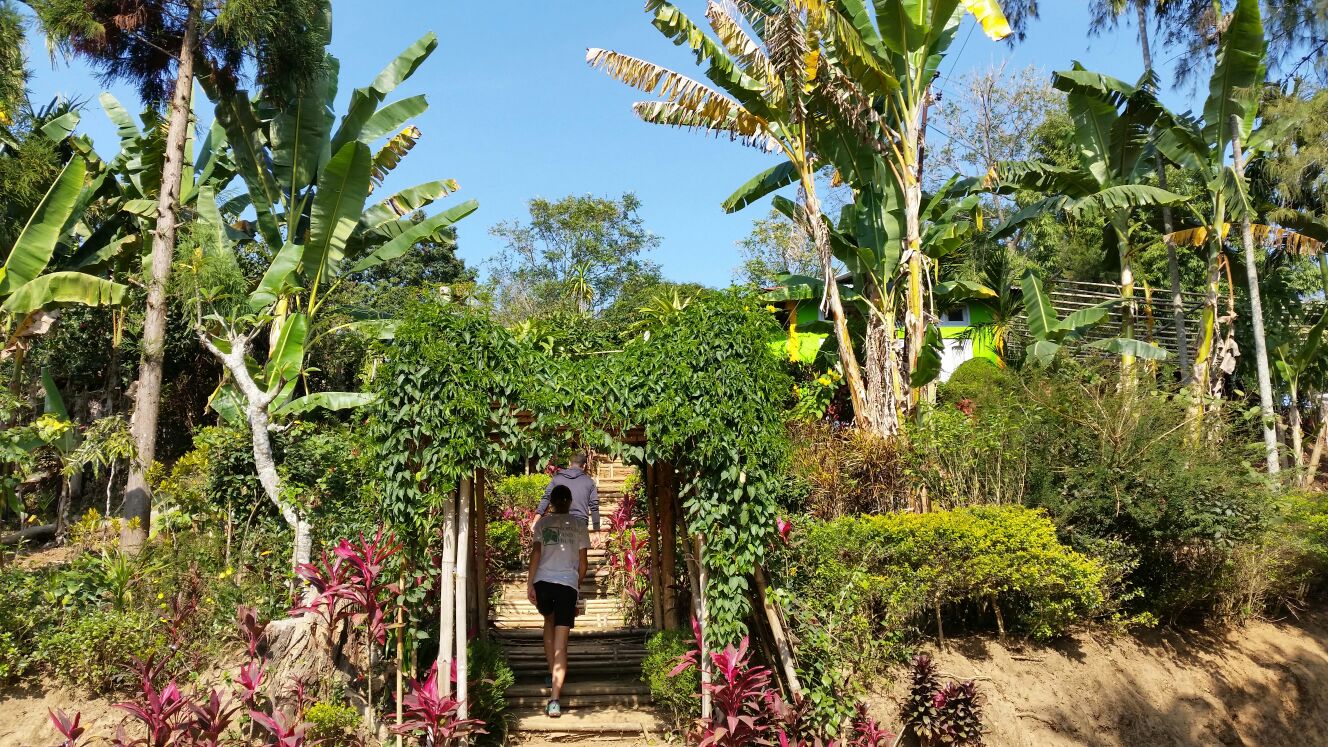 Walking up to the beautiful Chandigre Resort, a way for tourists to experience traditional Garo life
Walking up to the beautiful Chandigre Resort, a way for tourists to experience traditional Garo life
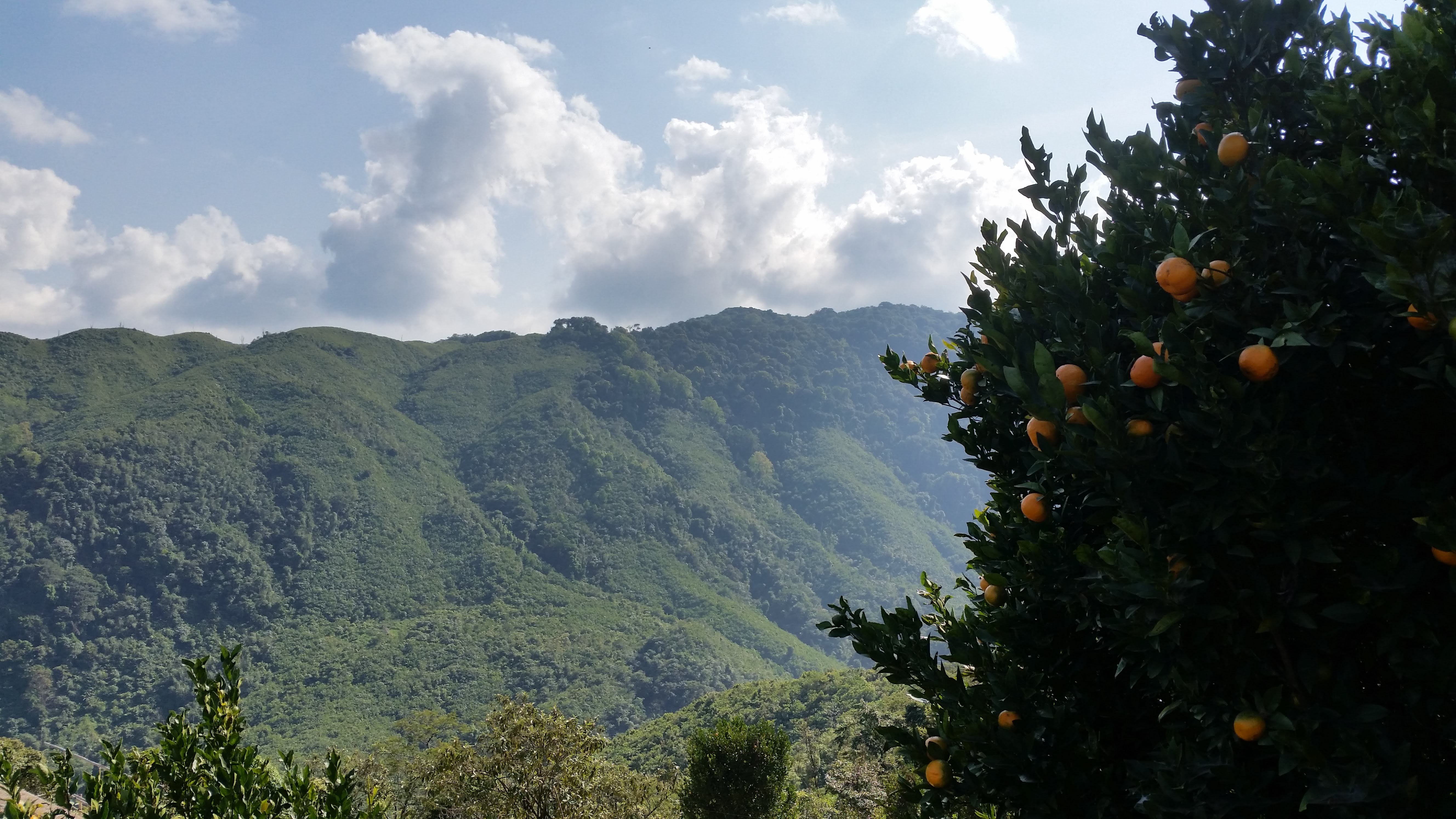 View across to Nokrek National Park from Daribokgre Homestay
View across to Nokrek National Park from Daribokgre Homestay
POST NOTE: We are fund raising for the World Land Trust (WLT), a UK based charity which works with environmental organisations across the world to save some of our most threatened natural habitats from disappearing. To find out more about WLT and to donate please see our JustGiving page: (https://www.justgiving.com/fundraising/readcycleread) Thanks for reading and for your support!
